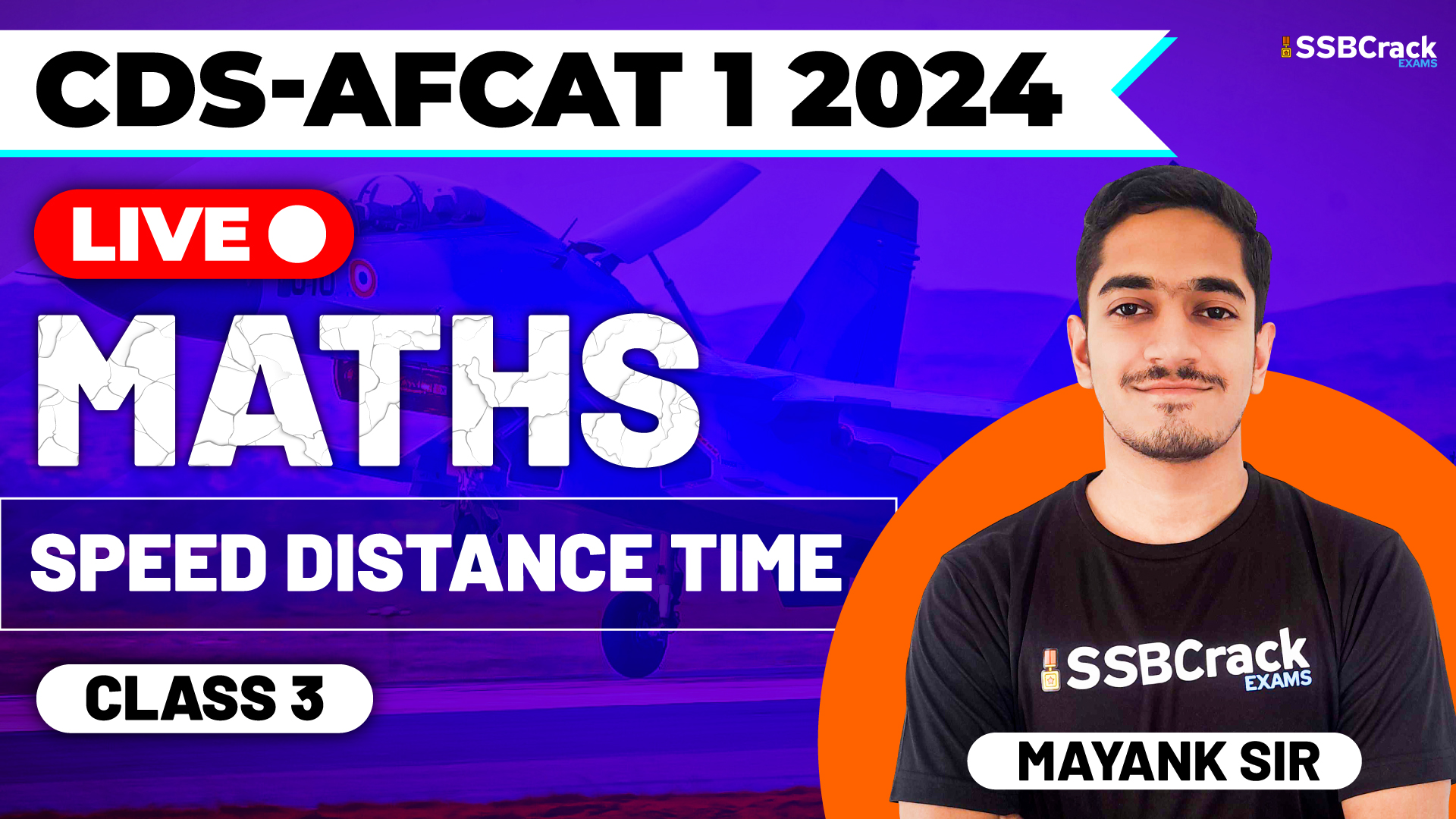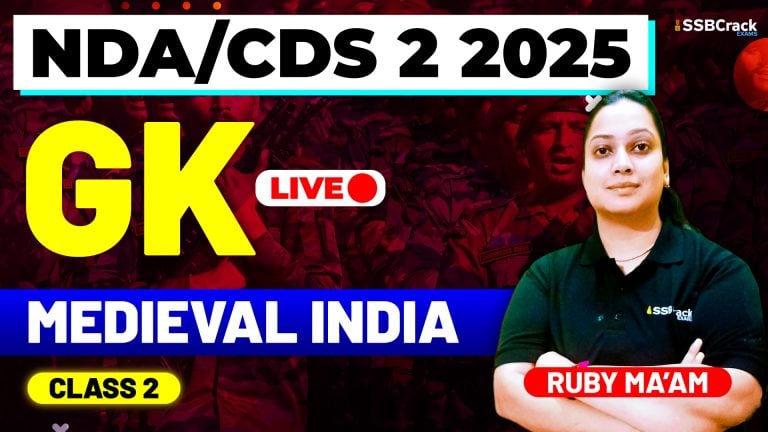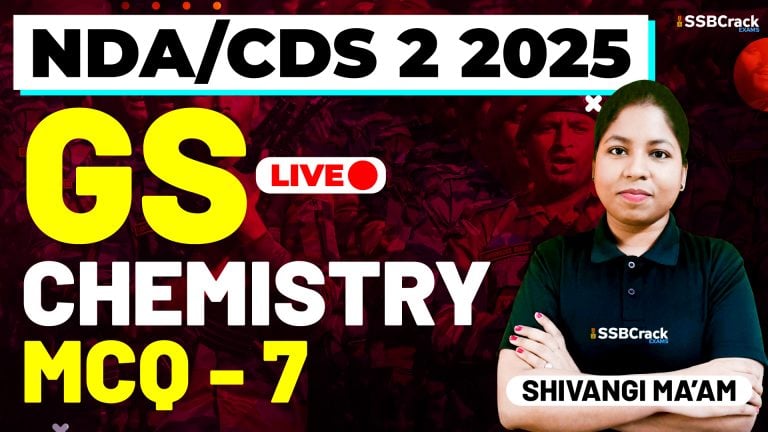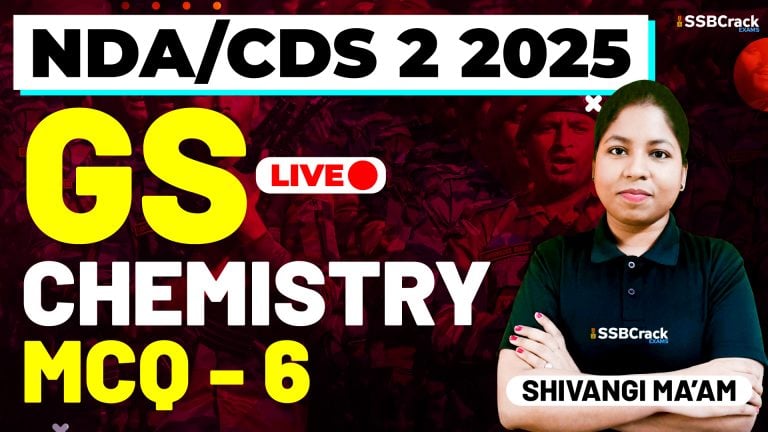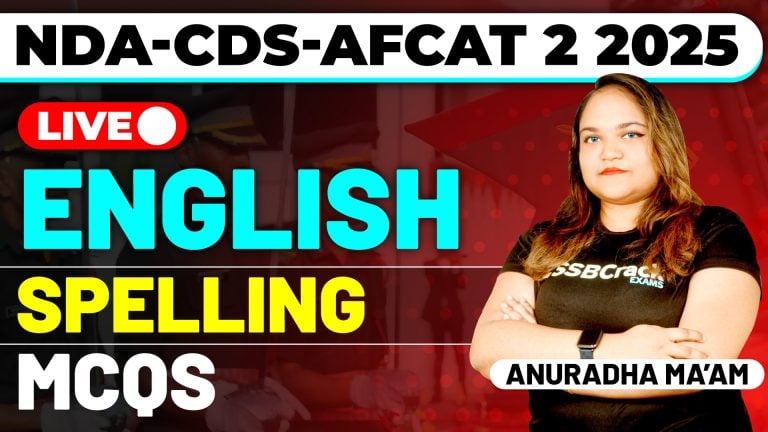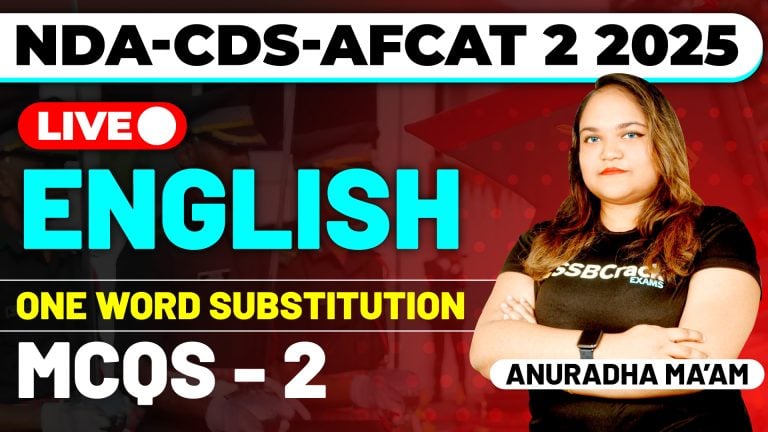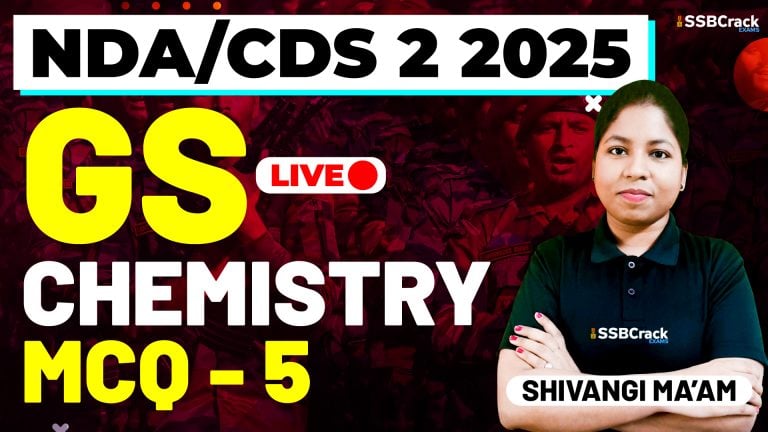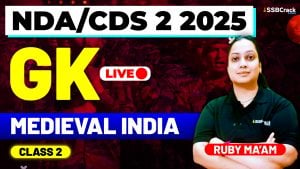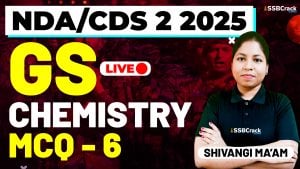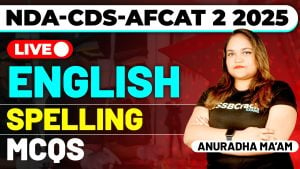Preparing for competitive exams like the CDS (Combined Defence Services) and AFCAT (Air Force Common Admission Test) demands not only theoretical knowledge but also practical problem-solving skills. In your recent class, you engaged in a series of practice questions related to Speed, Distance, and Time, a critical component of these exams. This blog will delve into the insights and key takeaways from your practice class, highlighting the importance of mastering these concepts to ensure success in CDS and AFCAT.
The Foundation: Speed, Distance, and Time Formula
Before diving into the practice questions, it’s essential to remember the fundamental formula that underlies these concepts:
Speed = Distance / Time
This formula serves as the cornerstone for solving a wide range of problems involving speed, distance, and time. With a clear understanding of this formula, you are equipped to tackle a variety of scenarios and questions effectively.
Practice Questions: A Variety of Challenges
In your practice class, you encountered a diverse set of questions that put your speed, distance, and time skills to the test. Here are some key question types you explored:
1. Calculating Speed:
- Scenario: Given a distance and time, calculate the speed of an object.
- Solution: Use the formula: Speed = Distance / Time.
2. Finding Time:
- Scenario: With known speed and distance, calculate the time it takes to cover the distance.
- Solution: Rearrange the formula: Time = Distance / Speed.
3. Calculating Distance:
- Scenario: Given speed and time, determine the distance covered.
- Solution: Rearrange the formula: Distance = Speed x Time.
4. Relative Speed Problems:
- Scenario: Two objects moving towards each other or in the same direction at different speeds. Find when they meet or how long it takes.
- Solution: Calculate the relative speed (sum of individual speeds) and use it to determine meeting points or times.
5. Train Problems:
- Scenario: Trains traveling towards each other or in the same direction. Calculate when they meet, their relative speed, or the length of a train.
- Solution: Use relative speed and the basic speed-distance-time formula.
6. Boat and Streams Problems:
- Scenario: Boats moving upstream or downstream in a river. Calculate boat speed, current speed, or the time taken to cover a given distance.
- Solution: Employ formulas specific to boat and streams problems to calculate boat speed and current speed.
The Significance of Practice
- Skill Refinement: Regular practice hones your problem-solving skills, making you more adept at tackling various scenarios involving speed, distance, and time.
- Time Management: Efficient problem-solving is essential in competitive exams. Proficiency in these techniques enables you to allocate time strategically to different sections.
- Confidence Building: Engaging with a variety of practice questions builds your confidence, ensuring you are well-prepared for the diverse challenges the exams may present.
Conclusion
Your practice class on speed, distance, and time for CDS and AFCAT preparation has equipped you with valuable problem-solving skills. Embrace these tools as your allies on your path to success. As you continue your studies and practice, you’ll find that these techniques become second nature, enabling you to conquer even the most complex speed, distance, and time problems on the day of the exam. So, keep practicing, stay focused, and remember that mastering the fundamentals is the key to excellence. With dedication and practice, you are well on your way to achieving success in the CDS and AFCAT exams. Good luck!


